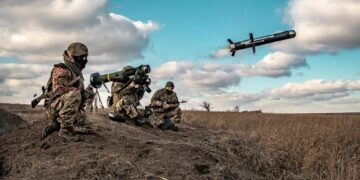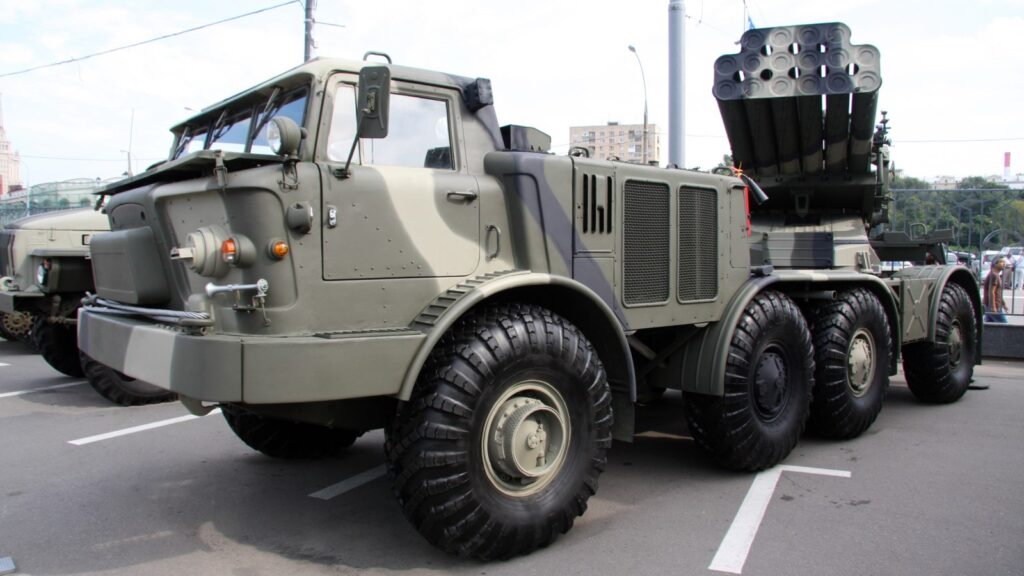Ukraine is facing an invasion from the east. The second biggest country on our continent with an area of nearly 604 thousand square kilometers is being conquered by the Russian army from several directions. The breadbasket of Europe has been turned into a giant warehouse of military equipment of all kinds.
Due to their shared history, both sides are using similar technology from the Soviet era. Howitzers, for example, often face each other, which differ only in the varying degrees of modernization and, most importantly, the much-publicized markings on Russian vehicles.
While Russia (so far) dominates the skies and wins in destructive missile power and quantity, the Ukrainian defences are nevertheless bolstered again by anti-aircraft and anti-tank small arms complexes from the West, Turkish drones and, undoubtedly, by military intel from NATO and the US. Let’s take a look at some of these weapons in the following few chapters.
However, the Grad is far from the only large rocket launcher in Ukraine. Photos of the 220mm TOS-1A system (capable of launching thermobaric munitions), 122mm 2B17 Tornado-G, 300mm BM-30 Smerch, and not to forget the 220mm BM-27 Uragan have been circulating through social networks.
Uragan can fire up to 16 missiles in 20 seconds, striking targets up to 36 kilometres away. Preparation for the next round takes 15-20 minutes.
A range of warheads is available, starting with high-explosive fragmentation warheads and ending with cluster submunitions or anti-tank and anti-personnel mines. Thus, a single Uragan can carry out such a small carpet missile raid or blanket a large area with mines.
In Ukraine, the remnants of similar missiles that have launched their submunitions are literally digging into the ground and sometimes into cars. Mostly it is just harmless debris.


















































Discussion about this post